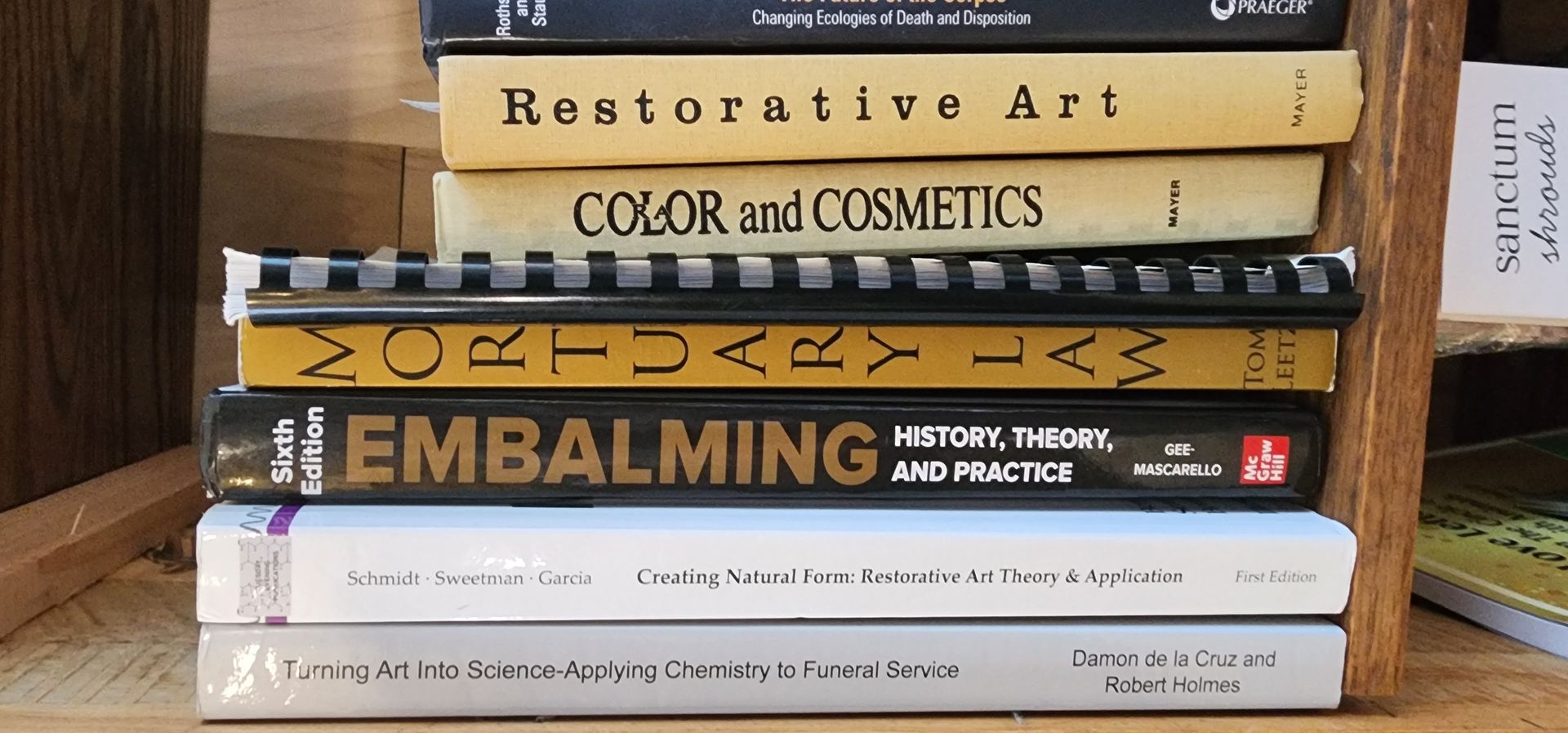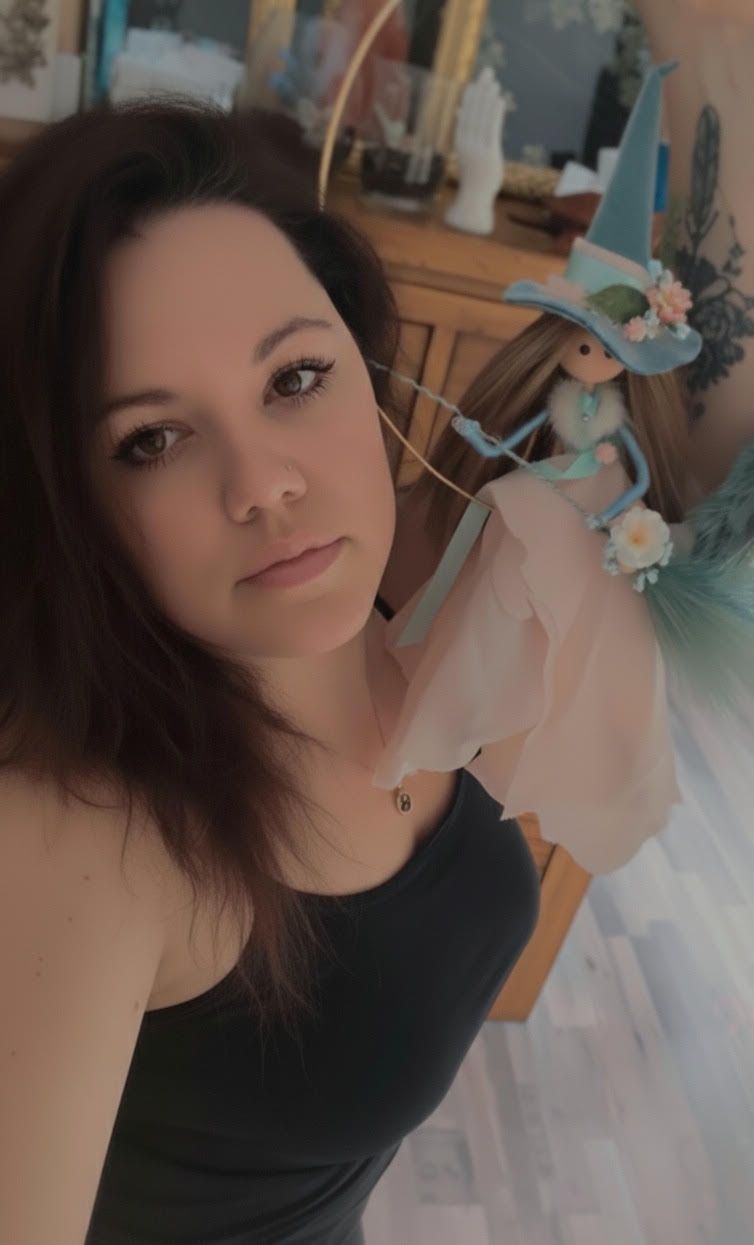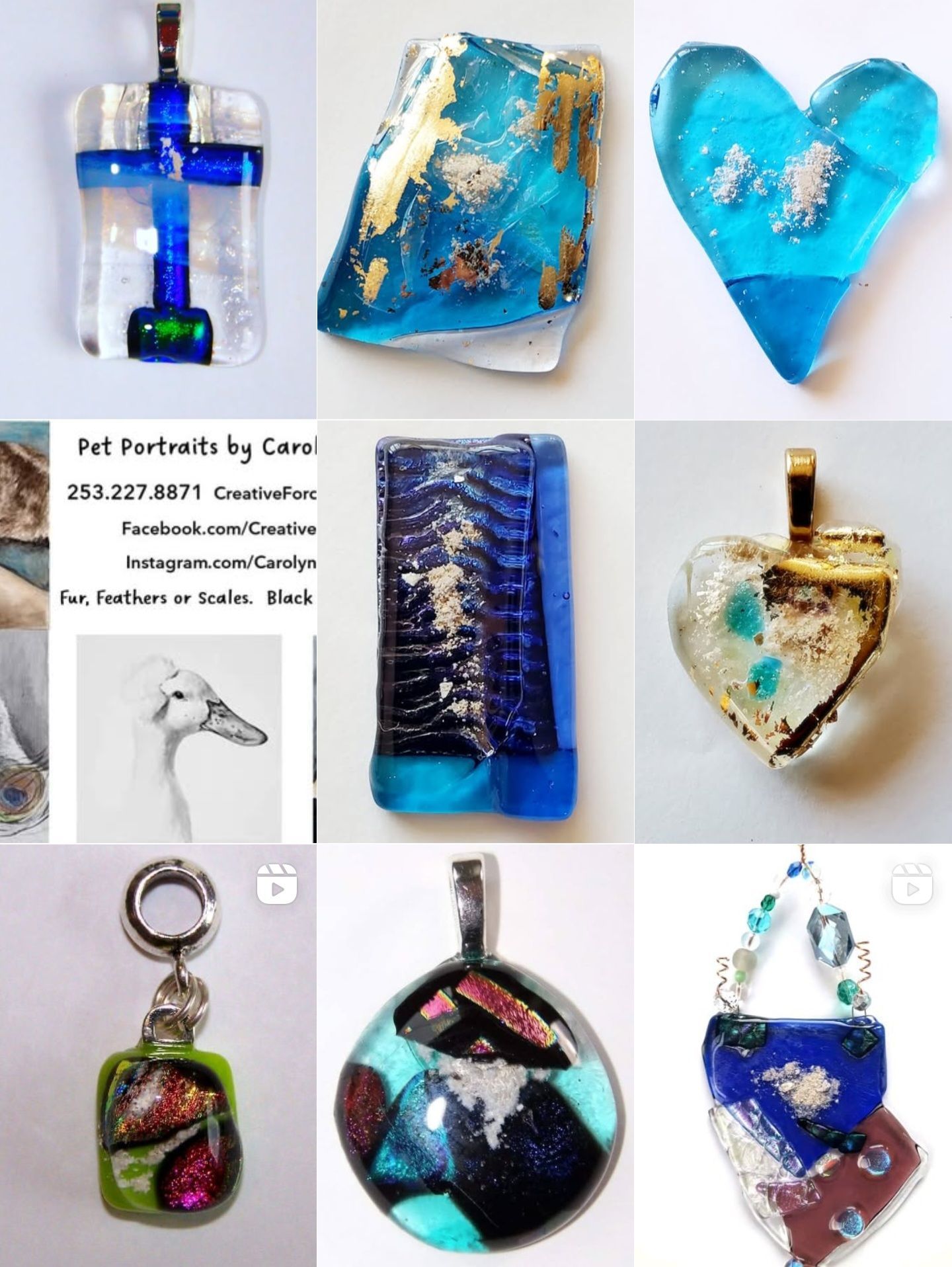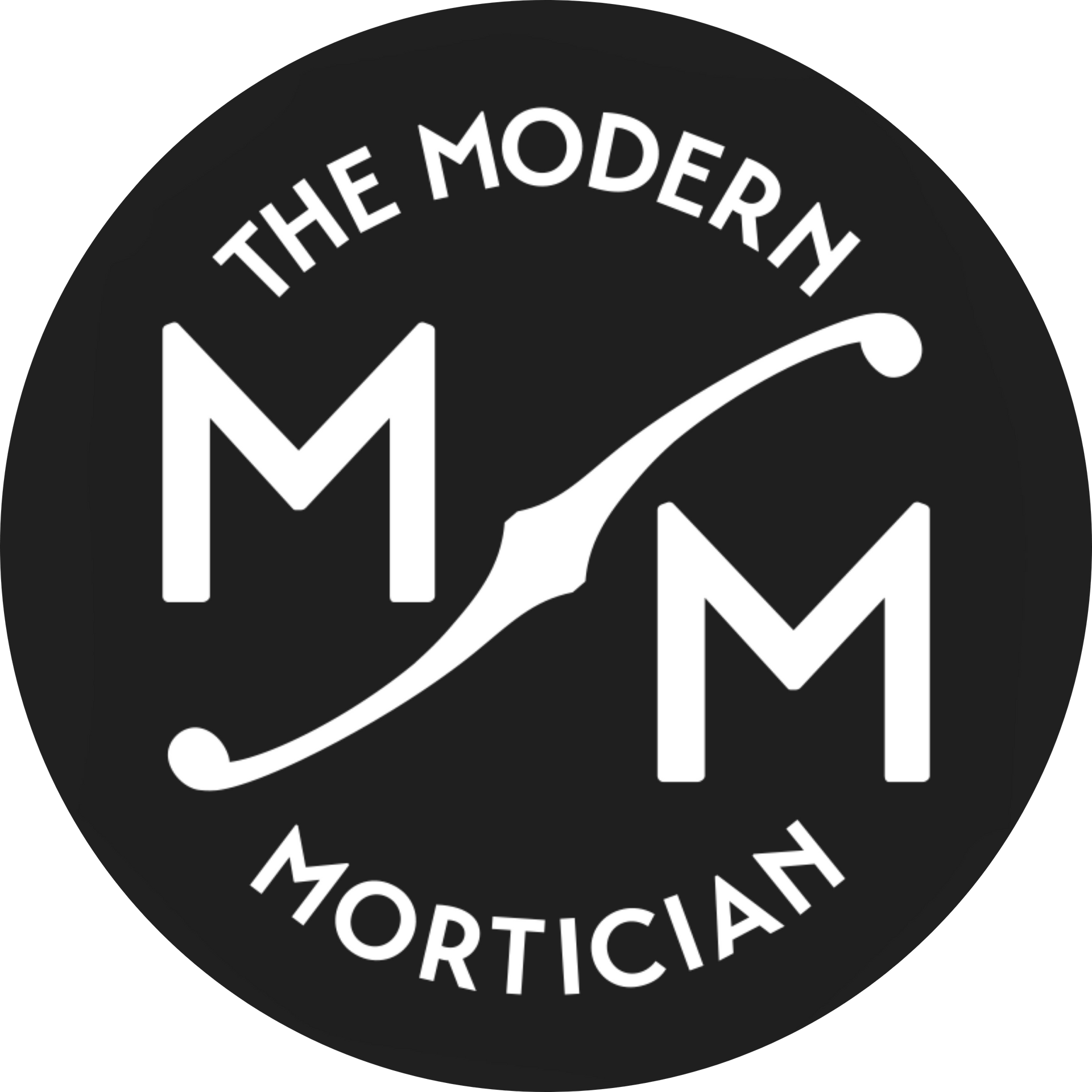
Arizona
In Arizona, where red rock meets endless horizon and saguaro stand like sentinels of time, life and death are part of the same sacred cycle. Green burial here reflects that truth, a return to simplicity and harmony within the desert’s quiet strength. Families are discovering that a natural burial in Arizona’s arid landscape isn’t just about environmental consciousness, but about belonging: to the sand, the stone, and the wind that carry memory across generations. Whether among mesquite and wild sage or beneath the shadow of the mountains, it’s a farewell that honors both spirit and soil.
🌿Marana Mortuary & Cemetery (hybrid) - AZ
In Southern Arizona, surrounded by desert skies and saguaro landscapes, Marana Mortuary & Cemetery provides families with the region’s only green burial option. Unlike conventional cemeteries, this space allows burials that embrace simplicity and respect for the land, no concrete vaults, no embalming, and only biodegradable materials.
Here, families can choose a path that reflects their values: a return to the earth that is both natural and compassionate. For many, it’s not just about lowering environmental impact, it’s about creating a farewell that feels true, personal, and connected to place.
As one of the few cemeteries in the state offering this choice, Marana stands as an important option for those in Pima and Pinal Counties who want to honor their loved ones in a way that also honors the desert itself.
🌿Bisbee Memorial Gardens (hybrid) - Bisbee, AZ
Bisbee Memory Gardens sits just outside downtown, surrounded by the majestic Mule Mountains and views of Northern Mexico. In 2024, Ed Bixby and Rich Wong acquired the property with the intention of protecting and preserving Bisbee’s unique history and breathtaking natural landscape.
If there isn’t a natural burial ground near you, many traditional cemeteries in Arizona are beginning to explore more sustainable practices. Start by speaking with local caretakers or boards about dedicating a vault-free section designed for biodegradable materials and native desert plants. Emphasize the ecological fit, in a region already shaped by natural cycles of drought and renewal, green burial offers beauty without waste. Share examples from neighboring states and resources from the Green Burial Council to demonstrate feasibility. With collaboration and care, Arizona’s cemeteries can evolve to reflect the desert’s enduring lesson: that everything living must someday return to the land that gave it life.
If you want information on how to start your own natural burial cemetery, or you want to make me aware of another green, natural, or hybrid cemetery in this state, please reach out!
As public awareness grows, more cemeteries are beginning to advertise green burial options, but in many cases, what’s being offered is little more than a pacifier for those asking for change. These are what I call “shades of green” burials: small gestures toward sustainability that lack true understanding or practice of natural burial values.
In my own experience, I’ve called cemeteries claiming to offer green options, only to be met with confusion — once even being told they could provide a “tree pod burial” (a concept that doesn’t exist in any practical or legal form). It’s clear that in many established cemeteries, these offerings are being added to appease public demand rather than to honor the principles of ecological restoration, community connection, and authenticity that define green burial.
If you’re exploring green burial for yourself or a loved one, approach these claims with caution. Ask questions, lots of them. Who manages the green section? Do they require vaults, liners, or embalming? What kind of caskets or shrouds are permitted? How often do they actually conduct natural burials?
Many truly committed natural and conservation cemeteries have worked for years to integrate ecological care into every step of their process, from land preservation to family involvement. These are the places where your choice makes a lasting impact. The rest, unfortunately, may still be catching up.
El Mirage, AZ
National Memorial Cemetery of Arizona
Phoenix, AZ
New Paragraph












